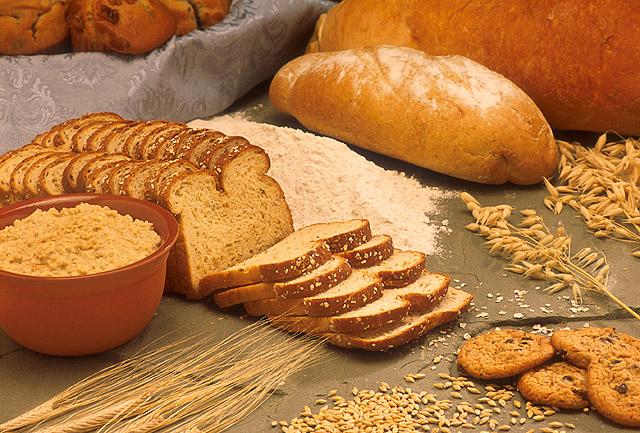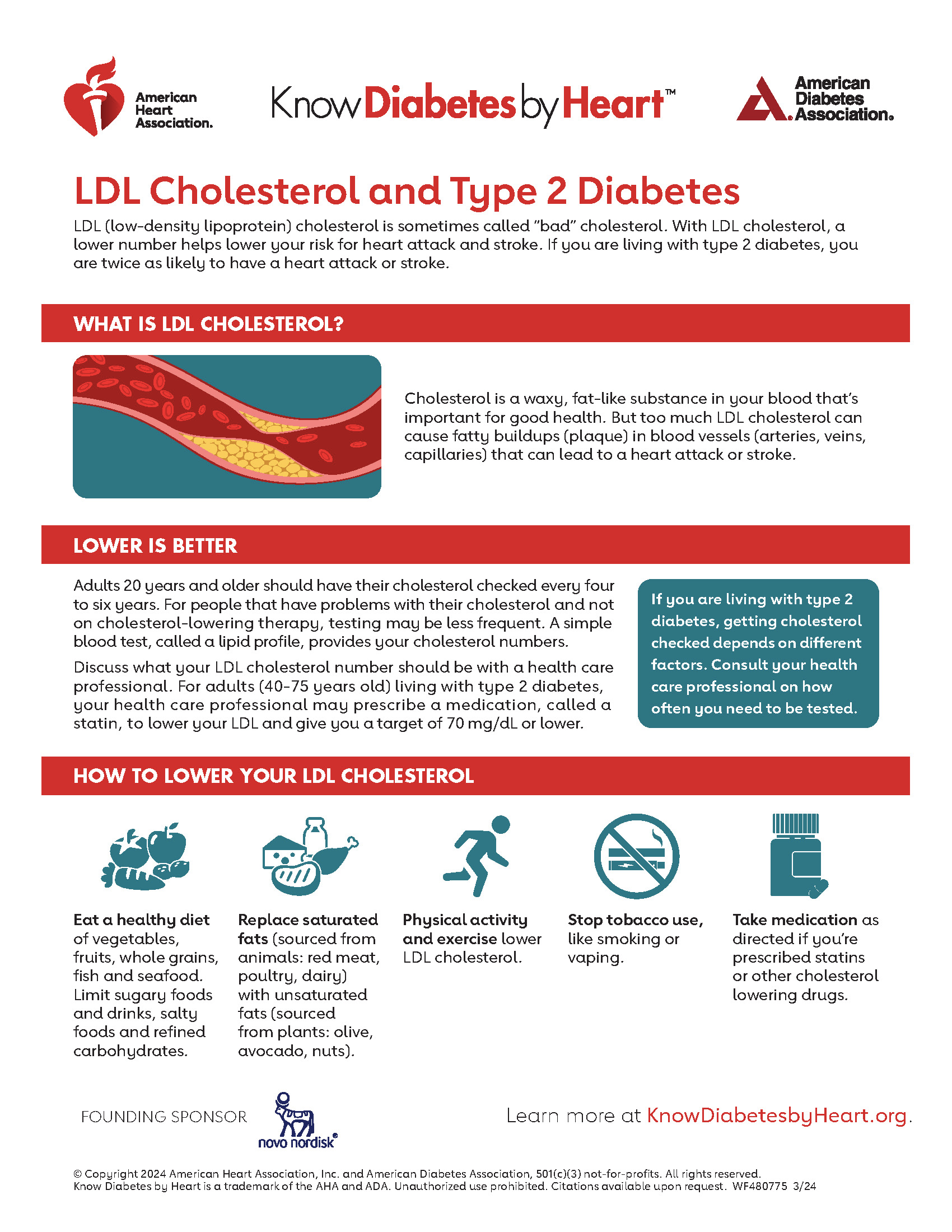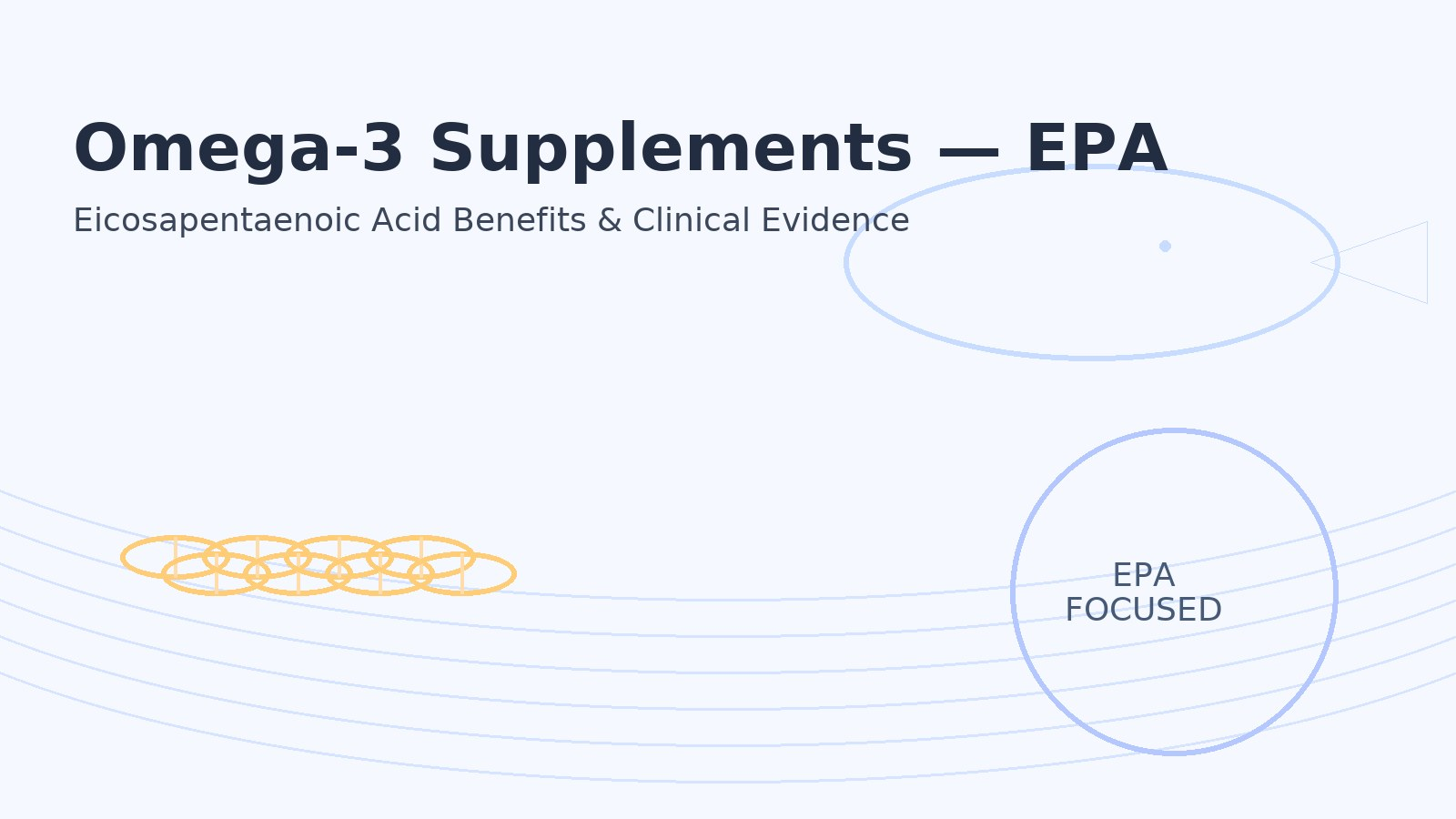Oatmeal and Cholesterol: did you know Beta-Glucan’s LDL Reducing Benefits?
🎯 Key Takeaway
Consuming 3 grams of oat beta-glucan daily can reduce LDL cholesterol by approximately 5-10%, furthermore offering a natural approach to cardiovascular protection. Additionally, this FDA-approved soluble fiber creates intestinal viscosity that blocks cholesterol absorption while promoting bile acid excretion.
When searching for natural ways to manage cholesterol levels, oatmeal emerges as one of the most scientifically validated options available. However, the relationship between oatmeal and cholesterol reduction extends far beyond simple dietary fiber benefits. Specifically, the active component responsible for oatmeal’s cholesterol-lowering properties is beta-glucan, a unique soluble fiber that has revolutionized our understanding of functional foods.
The evidence supporting oatmeal’s cholesterol benefits spans decades of research, consequently leading to the first-ever FDA health claim for a specific food ingredient in 1997. Nevertheless, many people remain unaware of how to optimize their oat consumption for maximum cholesterol reduction. Understanding your complete cholesterol management strategy becomes essential when incorporating oats into your heart-healthy lifestyle.
The Science Behind Oat Beta-Glucan and Cholesterol Reduction

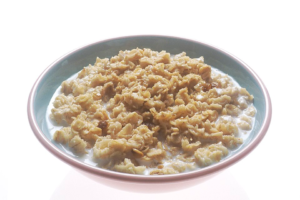
Beta-glucan represents a distinctive type of soluble fiber found predominantly in oat cell walls. Moreover, this polysaccharide creates a gel-like substance when mixed with water, essentially forming the foundation for oatmeal’s cholesterol-lowering mechanisms. Research published in Nutrition Reviews demonstrates that beta-glucan’s unique molecular structure enables it to interfere with cholesterol metabolism through multiple pathways.
Importantly, the cholesterol-lowering effect depends heavily on the molecular weight and viscosity of the beta-glucan. Furthermore, current research indicates that high molecular weight beta-glucan (above 100,000 Daltons) produces more significant cholesterol reductions compared to lower molecular weight variants.
Primary Mechanisms of Cholesterol Reduction
⏳ How Beta-Glucan Lowers Cholesterol
Intestinal Viscosity Formation

Initially, beta-glucan dissolves in the small intestine, therefore creating a viscous solution that slows nutrient absorption. Subsequently, this viscosity reduces the efficiency of dietary cholesterol uptake while simultaneously blocking cholesterol reabsorption.
Bile Acid Sequestration
Additionally, the viscous beta-glucan solution binds to bile acids, consequently preventing their reabsorption in the ileum. Therefore, the liver must synthesize new bile acids from cholesterol stores, effectively reducing total body cholesterol levels.
Gut Microbiome Modulation
Furthermore, beta-glucan serves as a prebiotic fiber that promotes beneficial bacteria growth. Specifically, these bacteria produce short-chain fatty acids that regulate cholesterol synthesis through complex metabolic pathways.
The FDA’s comprehensive analysis of beta-glucan research revealed that these mechanisms work synergistically to produce measurable cholesterol reductions. Nevertheless, the effectiveness varies significantly based on processing methods and consumption patterns.
FDA-Approved Health Claims and Regulatory Standards
In 1997, the United States Food and Drug Administration made history by approving the first health claim for a specific food component. Specifically, the FDA authorized claims stating that oat beta-glucan consumption of at least 3 grams daily, as part of a diet low in saturated fat and cholesterol, may reduce the risk of heart disease.
Beta-glucan soluble fiber from oats, consumed at doses of at least 3 grams per day, demonstrates consistent cholesterol-lowering effects across diverse populations and study designs.
Subsequently, regulatory agencies worldwide have recognized oat beta-glucan’s benefits. Furthermore, the European Food Safety Authority concluded that “oat beta-glucan has been shown to lower/reduce blood cholesterol” and authorized similar health claims throughout Europe.
Regulatory Requirements for Health Claims
| Regulatory Body | Required Daily Amount | Approved Claim | Additional Requirements |
|---|---|---|---|
| FDA (United States) | 3 grams beta-glucan | May reduce heart disease risk | Low saturated fat and cholesterol diet |
| EFSA (Europe) | 3 grams beta-glucan | Maintains normal blood cholesterol | 1 gram per serving minimum |
| Health Canada | 3 grams beta-glucan | Helps reduce cholesterol | Low saturated fat diet |
Importantly, these regulatory standards reflect extensive scientific review processes. Moreover, current FDA regulations specify that qualifying foods must contain at least 0.75 grams of beta-glucan per serving, therefore ensuring meaningful cholesterol-lowering potential.
Clinical Evidence: Meta-Analyses and Recent Studies
The cholesterol-lowering effects of oat beta-glucan have been extensively documented across numerous clinical trials. Additionally, recent meta-analyses provide increasingly sophisticated understanding of optimal dosing and effectiveness parameters.
Research published in the American Journal of Clinical Nutrition analyzed data from multiple populations and consistently demonstrated cholesterol-lowering benefits. Furthermore, the analysis revealed that benefits occur across different demographics, including both normocholesterolemic and hypercholesterolemic individuals.
Recent Breakthrough Studies
Notably, a 2021 randomized controlled trial demonstrated that consuming high molecular weight oat beta-glucan in beverage form reduced LDL cholesterol by approximately 6% in just four weeks. Moreover, this study revealed significant reductions in cardiovascular disease risk scores, consequently supporting the practical benefits of regular oat consumption.
❌ Common Myth
All oat products provide equivalent cholesterol-lowering benefits regardless of processing methods or molecular weight considerations.
✅ Scientific Fact
Beta-glucan’s cholesterol-lowering effectiveness depends significantly on molecular weight, solubility, and processing methods. Furthermore, liquid forms often provide superior bioavailability compared to processed solid foods.
Recent research has additionally revealed that concentrated beta-glucan supplements can provide equivalent benefits to whole oat consumption. Nevertheless, whole food sources offer additional nutritional benefits including protein, vitamins, and other bioactive compounds.
Molecular Weight and Viscosity: Critical Factors for Effectiveness
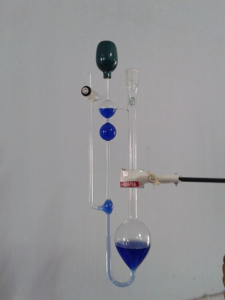
The cholesterol-lowering effectiveness of beta-glucan directly correlates with its ability to create viscosity in the digestive tract. Furthermore, molecular weight represents the primary determinant of this viscosity-generating capacity.
Research indicates that optimal molecular weights range from 100,000 to 2,200,000 Daltons. Additionally, studies analyzing physicochemical properties demonstrate that higher molecular weight beta-glucans create more substantial intestinal viscosity, therefore producing greater cholesterol reduction.
Factors Affecting Beta-Glucan Bioactivity
Processing Impact
Consequently, excessive heat treatment, grinding, and chemical processing can reduce molecular weight. Therefore, steel-cut oats and minimally processed varieties typically retain higher molecular weight beta-glucan compared to instant oatmeal products.
Food Matrix Effects
Furthermore, the surrounding food components influence beta-glucan solubility and viscosity development. Specifically, liquid preparations often enhance bioavailability compared to solid food matrices.
Importantly, research analyzing processing effects reveals that oxidation can actually increase beta-glucan’s cholesterol-lowering properties by enhancing its bile acid binding capacity. Nevertheless, this oxidation must occur naturally rather than through excessive heat processing.
Optimal Oat Types and Preparation Methods
Not all oat products provide equivalent beta-glucan content or bioactivity. Additionally, preparation methods significantly influence the cholesterol-lowering potential of your oat consumption.
✅ Best Oat Choices for Cholesterol Reduction
- Steel-cut oats: Minimally processed with highest molecular weight beta-glucan retention
- Old-fashioned rolled oats: Moderate processing while maintaining good beta-glucan content
- Oat bran: Concentrated beta-glucan source with approximately 5.5% content
- Whole oat flour: Retains complete nutritional profile with intact beta-glucan
- Quick oats: More processed but still provides beneficial beta-glucan levels
According to comprehensive nutritional analyses, different oat varieties contain varying beta-glucan concentrations. Furthermore, storage conditions and age can affect beta-glucan stability and bioactivity.
Beta-Glucan Content by Oat Type
| Oat Product | Beta-Glucan Content (%) | Serving Size for 3g Beta-Glucan | Processing Level |
|---|---|---|---|
| Oat Bran | 5.5-6.0% | 50-55 grams | Minimal |
| Steel-Cut Oats | 4.0-4.5% | 65-75 grams | Minimal |
| Rolled Oats | 3.8-4.2% | 70-80 grams | Moderate |
| Quick Oats | 3.5-4.0% | 75-85 grams | High |
| Instant Oatmeal | 3.0-3.5% | 85-100 grams | Extensive |
Notably, preparation methods also influence beta-glucan effectiveness. Moreover, nutritional research indicates that longer cooking times can enhance beta-glucan solubility, consequently improving its cholesterol-lowering potential.
Practical Implementation: Daily Dosing and Meal Planning

Successfully incorporating cholesterol-lowering amounts of oat beta-glucan requires strategic meal planning and consistent daily consumption. Furthermore, timing and preparation methods can optimize the cardiovascular benefits.
Importantly, distributing beta-glucan intake across multiple meals may enhance its cholesterol-lowering effects. Additionally, American Heart Association recommendations suggest incorporating oats into various meals rather than consuming them exclusively at breakfast.
Strategic Meal Planning for Maximum Benefits
⏳ Daily Beta-Glucan Distribution Strategy
Morning: 1 gram beta-glucan
Start with a bowl of oatmeal (25g dry oats) topped with berries and nuts. Furthermore, this provides sustained energy while beginning the day’s cholesterol management.
Afternoon: 1 gram beta-glucan
Additionally, incorporate oat bran into smoothies, yogurt, or baked goods. Therefore, this maintains consistent beta-glucan exposure throughout the day.
Evening: 1 gram beta-glucan
Consequently, add oats to dinner recipes such as meatloaf, casseroles, or evening snacks. Nevertheless, avoid excessive processing that might reduce bioactivity.
Research suggests that consistent daily consumption provides cumulative benefits over time. Moreover, cardiovascular health organizations recommend maintaining oat consumption as part of a comprehensive cholesterol management strategy.
Synergistic Effects with Other Cholesterol-Lowering Nutrients
Combining oat beta-glucan with other evidence-based cholesterol-lowering nutrients can amplify cardiovascular benefits. Furthermore, strategic nutrient combinations may produce additive or synergistic effects beyond individual components.
Plant Sterols Combination
Research indicates that combining 2 grams of plant sterols with 3 grams of oat beta-glucan can reduce LDL cholesterol by up to 15%. Furthermore, this combination addresses cholesterol absorption and synthesis simultaneously.
Soluble Fiber Synergy
Additionally, combining oat beta-glucan with other soluble fibers like psyllium or pectin may enhance overall cholesterol-lowering effects. Therefore, diverse fiber sources provide complementary mechanisms.
Clinical studies demonstrate that high molecular weight oat beta-glucan combined with phytosterols produces superior cholesterol reductions compared to either component alone. Nevertheless, it’s essential to maintain proper dosing ratios for optimal effectiveness.
Evidence-Based Nutrient Combinations
✅ Proven Cholesterol-Lowering Combinations
- Beta-glucan + Plant sterols: Synergistic LDL reduction up to 15%
- Beta-glucan + Omega-3 fatty acids: Enhanced cardiovascular protection
- Beta-glucan + Antioxidants: Reduced LDL oxidation risk
- Beta-glucan + Protein: Improved satiety and metabolic benefits
- Beta-glucan + Nuts: Additional monounsaturated fat benefits
When implementing combination strategies, it’s crucial to work with healthcare providers to monitor cholesterol responses. Additionally, understanding how these nutrients interact with medications becomes essential for comprehensive cardiovascular care.
Potential Side Effects and Considerations
While oat beta-glucan is generally well-tolerated, some individuals may experience digestive adjustments when initiating consumption. Furthermore, certain medical conditions or medications may require modified approaches to oat consumption.
Most people tolerate oat beta-glucan without significant adverse effects. Nevertheless, nutritional safety data indicates that consuming large amounts (>10 grams daily) may cause digestive symptoms in sensitive individuals.
Common Considerations and Management Strategies
❌ Potential Concerns
- Initial bloating or gas formation
- Increased stool bulk and frequency
- Potential medication timing interactions
- Blood sugar fluctuations in diabetics
✅ Management Strategies
- Gradual dose escalation over 2-3 weeks
- Adequate hydration (8-10 glasses water daily)
- Space medications 2+ hours from oat consumption
- Monitor blood glucose if diabetic
Importantly, individuals taking cholesterol medications should consult healthcare providers before significantly increasing oat consumption. Furthermore, the timing of oat consumption relative to medication doses may require adjustment to prevent interaction with absorption.
Integration with Comprehensive Cholesterol Management
Oat beta-glucan represents one component of a comprehensive cholesterol management strategy. Additionally, combining dietary interventions with lifestyle modifications produces optimal cardiovascular outcomes.
The most effective cholesterol management approaches combine evidence-based dietary interventions like oat beta-glucan with regular physical activity, stress management, and appropriate medical care.
Understanding how oat consumption fits within your broader health strategy becomes essential for long-term success. Moreover, comprehensive cholesterol management approaches address multiple risk factors simultaneously rather than relying on single interventions.
Lifestyle Integration Strategies
⏳ Comprehensive Heart Health Approach
Dietary Foundation
Establish consistent oat beta-glucan consumption alongside other heart-healthy foods. Furthermore, maintain a Mediterranean-style dietary pattern rich in vegetables, fruits, and healthy fats.
Physical Activity
Combine regular exercise with dietary interventions for enhanced cholesterol benefits. Additionally, both aerobic and resistance training contribute to improved lipid profiles.
Monitoring and Adjustment
Therefore, track cholesterol levels every 3-6 months to assess intervention effectiveness. Consequently, adjust strategies based on individual responses and medical recommendations.
The synergistic effects of multiple lifestyle interventions often exceed the sum of individual components. Nevertheless, consistency in implementation remains the most critical factor for achieving meaningful cholesterol reductions.
References
- Othman, R. A., Moghadasian, M. H., & Jones, P. J. (2011). Cholesterol-lowering effects of oat β-glucan. Nutrition Reviews, 69(6), 299-309.
- Joyce, S. A., Kamil, A., Fleige, L., & Gahan, C. G. (2019). The Cholesterol-Lowering Effect of Oats and Oat Beta Glucan: Modes of Action and Potential Role of Bile Acids and the Microbiome. Frontiers in Nutrition, 6, 171.
- U.S. Food and Drug Administration. (2005). Food Labeling: Health Claims; Soluble Dietary Fiber from Certain Foods and Coronary Heart Disease. Federal Register.
- Whitehead, A., Beck, E. J., Tosh, S., & Wolever, T. M. (2014). Cholesterol-lowering effects of oat β-glucan: a meta-analysis of randomized controlled trials. The American Journal of Clinical Nutrition, 100(6), 1413-1421.
- Wolever, T. M., et al. (2021). An Oat β-Glucan Beverage Reduces LDL Cholesterol and Cardiovascular Disease Risk. The Journal of Nutrition, 151(6), 1-12.
- EFSA Panel on Dietetic Products, Nutrition and Allergies. (2010). Scientific Opinion on oat beta glucan and lowering blood cholesterol. EFSA Journal, 8(12), 1885.
- Tosh, S. M. (2013). Oat β-glucan: physico-chemical characteristics in relation to its blood-glucose and cholesterol-lowering properties. British Journal of Nutrition, 112(S2), S4-S13.
- American Heart Association. (2022). Take a fresh look at oatmeal. AHA News.
- HEART UK. (2024). Oats and barley for cholesterol lowering. Heart UK Education.
- Maki, K. C., et al. (2007). Concentrated oat β-glucan, a fermentable fiber, lowers serum cholesterol. Nutrition Journal, 6, 6.
- WebMD. (2024). Beta-Glucans: Overview, Uses, Side Effects. WebMD Vitamins & Supplements.
- Poli, A., et al. (2019). High molecular weight oat β-glucan enhances lipid-lowering effects of phytosterols. Clinical Nutrition, 38(3), 1-8.
Related Articles
Author Bio
The Remedy Verified Team translates complex metabolic science into clear, practical strategies for everyday health.
Disclaimer
This article is for educational purposes only and should not replace professional medical advice. Always consult with qualified healthcare providers before making significant dietary changes or starting new health interventions, especially if you have existing medical conditions or take medications. Individual responses to dietary interventions may vary.
